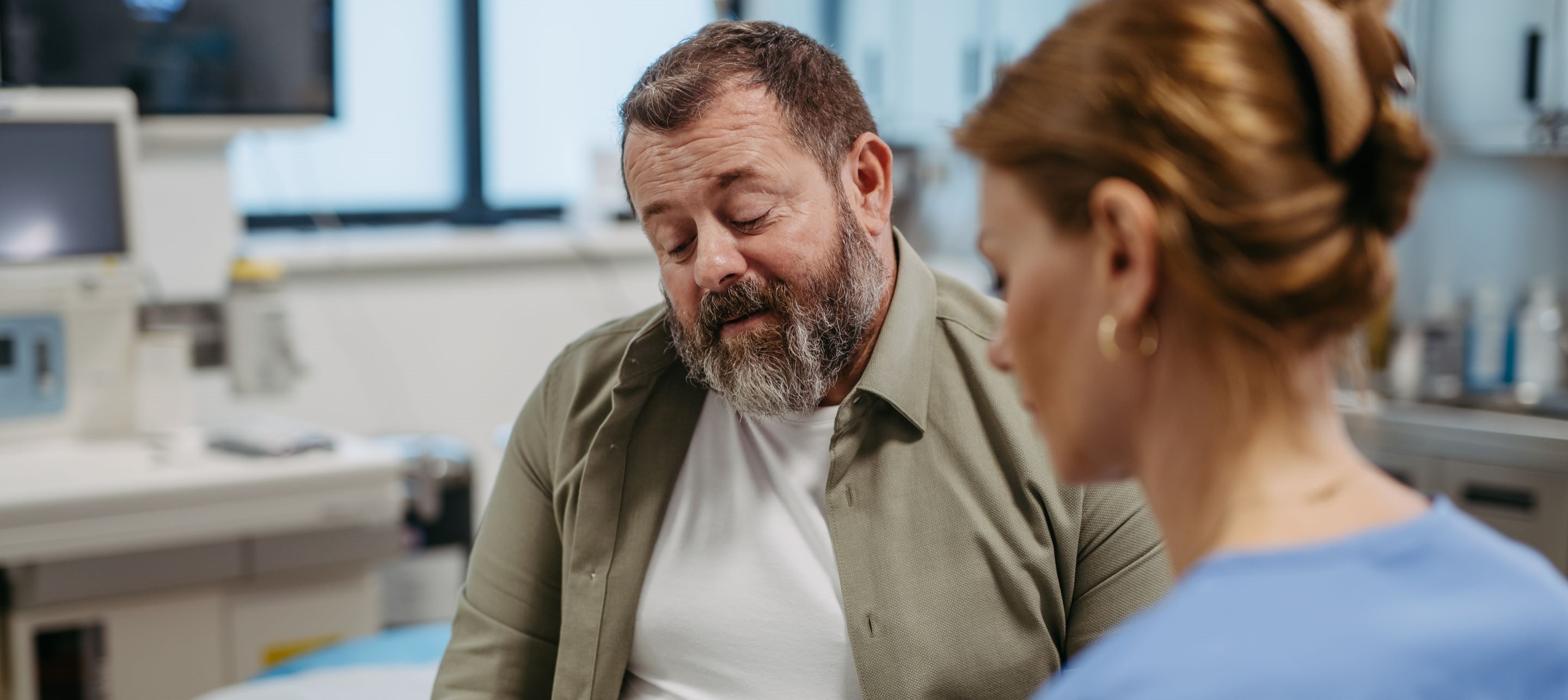As children develop and mature, learn new things and bear more responsibility, it is normal for them to experience stress, even occasional bouts of emotional distress, as they deal with their day-to-day challenges. However, the events of recent years have drastically changed their lives. New data suggests that the difficulties and concerns from the COVID-19 pandemic, coupled with a number of social issues, have likely led to more cases of clinical depression among America’s teenagers. This is demonstrated by a sudden surge of antidepressant medication prevalence for this age group in 2021.
Increased use of antidepressant medication, especially among teenagers aged 13 to 19
Depression among the youth has been on the rise for a number of years. Evernorth’s monitoring of the utilization of antidepressant medications among children and teens since 2017 reveals a 28.0% increase in prevalence for children (aged 0 to 12) and a 41.1% increase for teens (aged 13 to 19). However, the prevalence among teens spiked from 2020 to 2021, during the first years of the pandemic, with a year-over-year jump of 12.6%, compared to an average annual increase of 7.8% from the previous years observed.
The first year of the pandemic saw the sharpest increase in the prevalence of teenage utilization of antidepressant medication, from a rate of 856 teens per 10,000 in 2020 to 964 teens per 10,000 in 2021 — a year-over-year jump of 12.6%.
There was also a higher use of antidepressant medication among teenage females, more than twice the number of teenage males in 2021. Again, there was a notable rise from 2020 to 2021 for female teens, with a 16.5% year-over-year increase for females compared to a 12.7% increase from the pre-pandemic year of 2019 to 2020. Teenage boys, meanwhile, experienced a year-over year increase of roughly 5% throughout both time periods.
From 2020 to 2021, there was a 16.5% rise of antidepressant medication use for female teens (from 1,150 to 1,340), compared to only a 5.0% increase for teenage males (from 600 to 630).
These findings are in line with existing research, which shows that females tend to have higher rates of utilization of mental health treatment for depression compared to males. One contributing factor to this difference is puberty, which females typically reach before males. While the hormone changes may increase the risk of depression; other teenage experiences during this time can also factor in, including conflicts with family and/or friends, questions about their sexuality and identity, and increasing pressure in academics or other areas in their lives. Females also have higher usage of mental health treatment because they are more likely to report more mild levels of depression whereas males tend to report only more severe levels.
The growing concern of depression in children and teens
Depression among youths is a growing concern and, left unchecked, can become a life threatening issue by leading to thoughts of suicide. Before the pandemic (in 2019), more than 2.5 million U.S. youth had severe depression, with one in three high school students reporting persistent feelings of sadness or hopelessness (a primary symptom of depression), and one in six seriously considering suicide. Studies show the teen suicide rate is higher among males compared to females, though female teens have made more attempts.
The ability to develop healthy behaviors and habits is critical for these children and adolescents to maintain good mental health and emotional well-being well into adulthood. Also critical is access to appropriate behavioral health support, services, and treatments when needed. However, nearly two in three youths who have major depression do not receive any mental health treatment. In many cases, the act of seeking help can be a challenge. A recent survey found that 60% of parents reported difficulties in finding a mental health provider to care for their teen within a reasonable amount of time.
Creating a path forward
These findings suggest that depression among children and teens is a growing concern affecting not just these youths, but their families and their communities. While professional mental health services and treatment are the key to alleviating this public health problem, getting access to the proper care can be challenging.
To better address the access issue, plan sponsors should encourage their members to use available benefits and programs that can help these teens and their families. This includes offering mental/behavioral health coverage that includes specialty care for children and adolescents, including telehealth programs to help ensure access to care from wherever these families live. It is also important to continually educate members about these benefits and how to use them.
Pediatricians and primary care providers are typically the first to recognize potential signs of depression in children or teenagers. Many use screening tools to check for warning signs, and refer children at risk to a behavioral health specialist they know who can conduct a professional assessment and provide further support.
Despite the increasing public awareness of mental health issues during the pandemic, stigma surrounding depression and mental health treatment still persists. Everyone should continue to normalize conversations with the children and their parents and guardians about depression and mental health, so they will feel more comfortable to seek help and support.
These actions can help break down barriers to care, and ensure that those of the next generation have the tools they need to maintain their mental and emotional well-being, as well as a resilient and healthy future.


